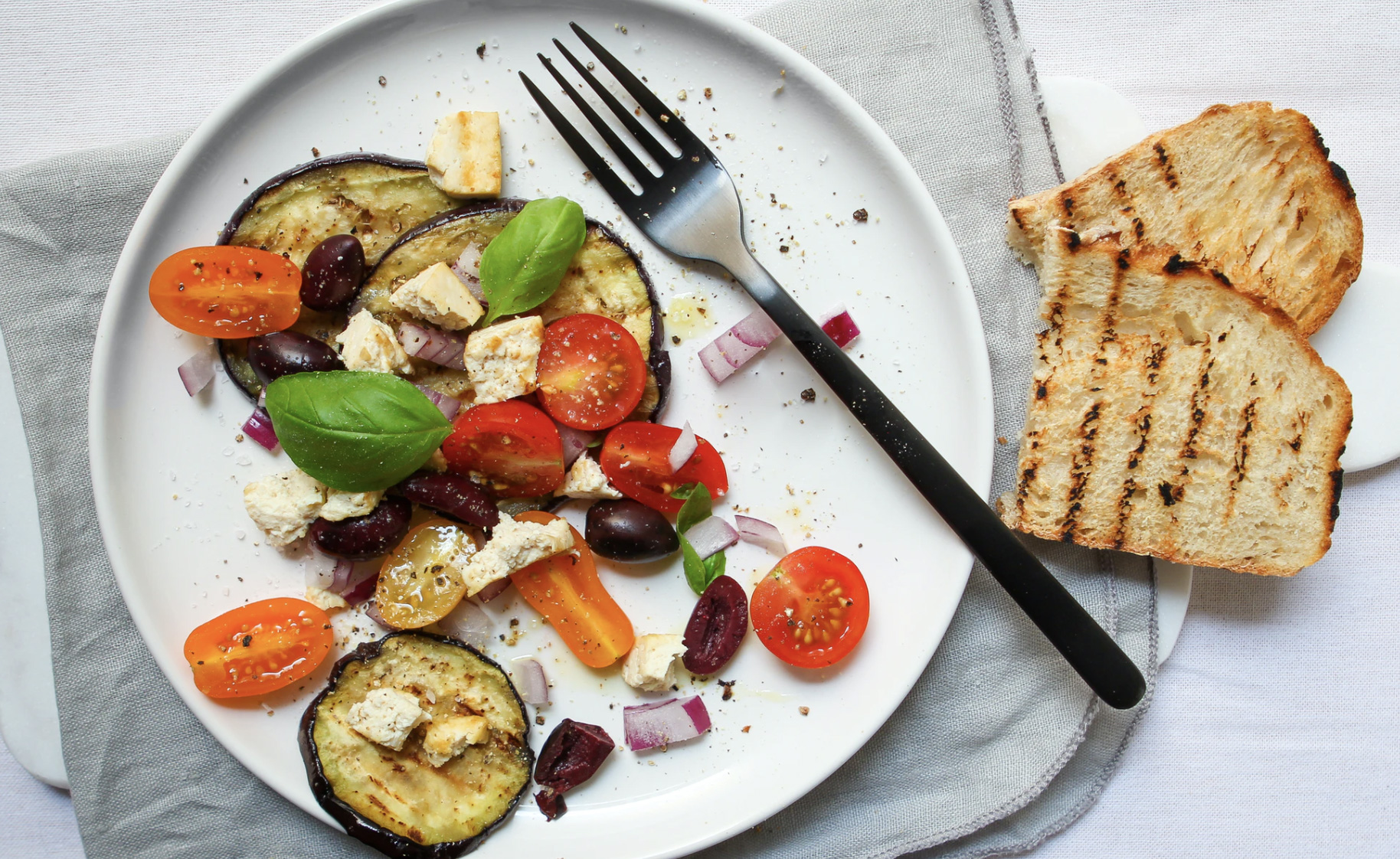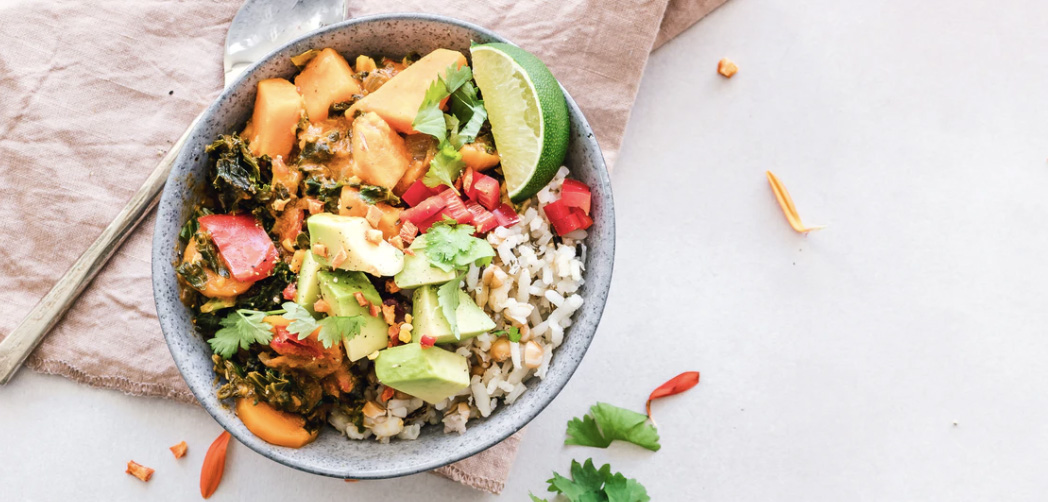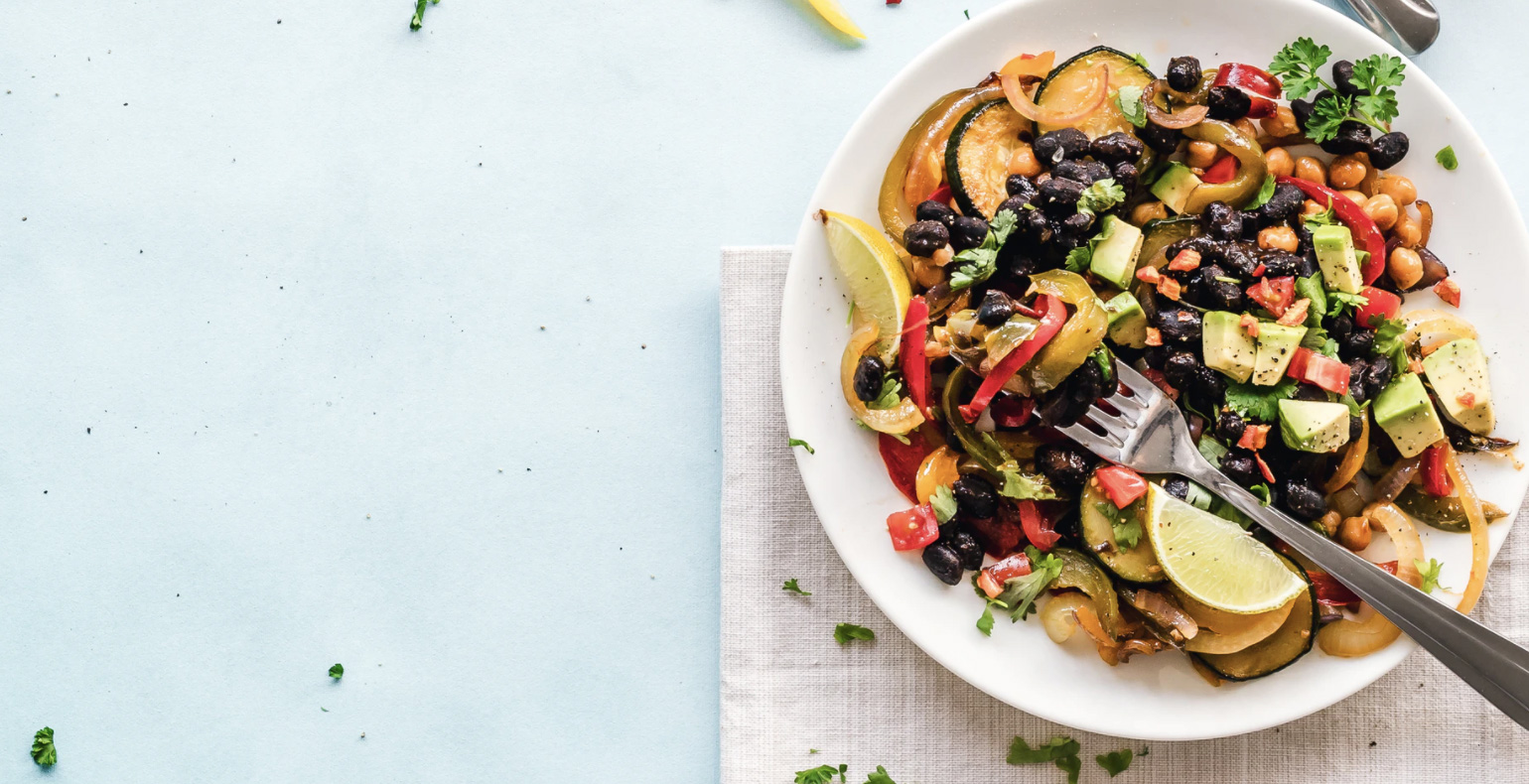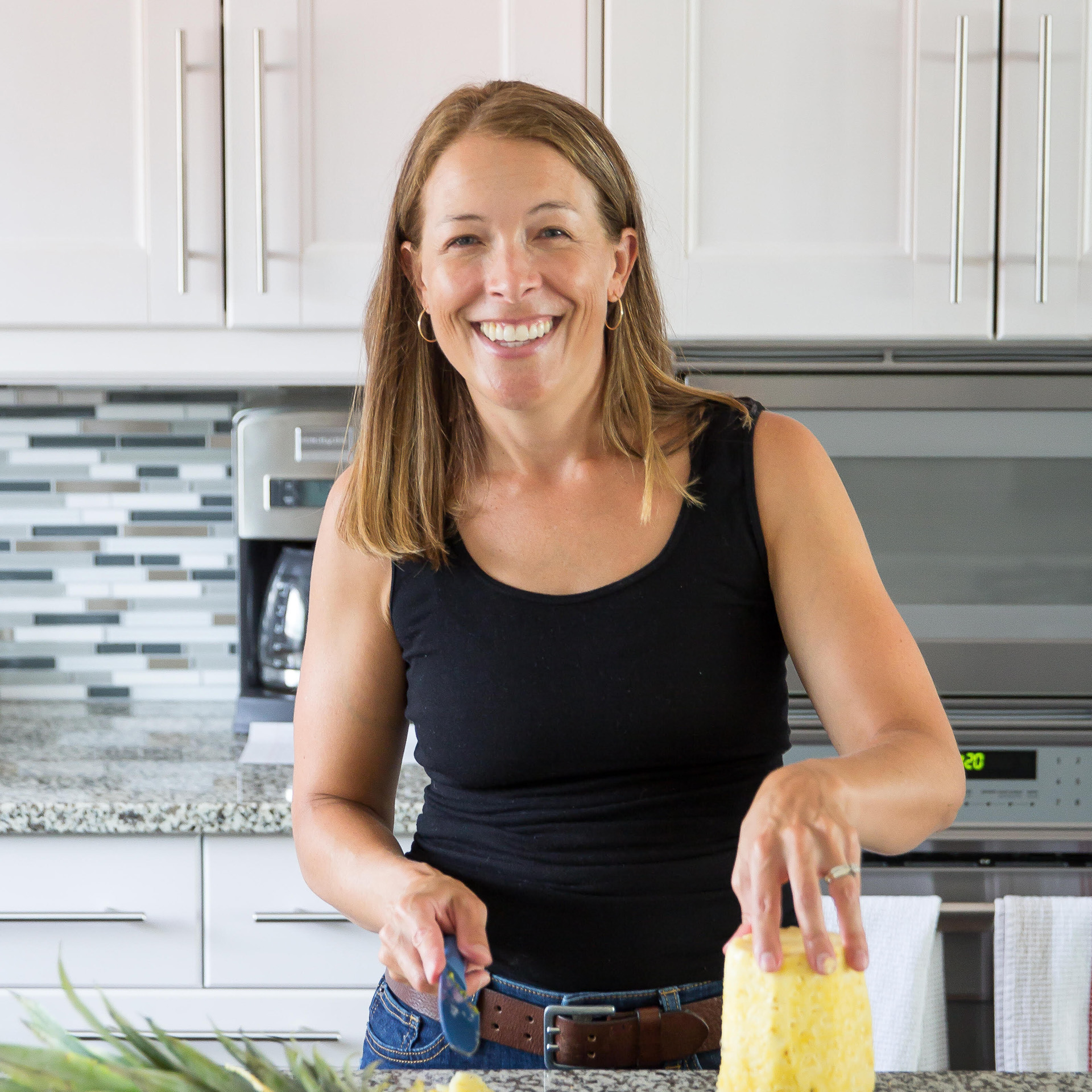Eat Better, Not Less

As we begin 2021, you may have intentions to lose weight and practice healthier eating habits. That’s great! (Especially after many of us were eating our feelings last year throughout the pandemic.) However, before you delve into any crazy diet, I’d like you to know that there is a much better way to achieve your goals.
Diets completely ignore the emotional aspect of why we eat, ignore our own food preferences, body types, and other circumstances that make our needs unique and ignore the many lifestyle factors that play into healthy eating and weight (like sleep, hydration, and movement). Another common feature of diets is their restrictive nature. They prescribe precise amounts of how much you can eat, which particular foods or macro groups are ok to eat (even if you may not even like those foods) and they sometimes even dictate when to eat (encouraging us to ignore our own hunger and fullness signals). For all these reasons, I don’t recommend them.
So what’s the alternative then? It’s here for you in three simple steps:
1. Upgrade your diet. Eat better, not less. (Be Selective)
2. Eat when you’re hungry and not past satisfied. (Be Mindful)
3. Do this over and over and over. (Be Consistent)
This method is simple and it’s effective, but not necessarily easy. I will walk you through each step.
Be Selective: Eat better, not less.
While I am quick to point out that calories are indeed “a thing” and that you can still overeat on healthy foods, when you make whole foods the mainstay of your diet, it’s a lot harder to overeat. When we increase the quality of our food, we don’t need as much to stay satiated. We get full a lot faster because we’re naturally eating more dietary fiber. We also reduce cravings because we’re supplying our body with more of the nutrients it needs. And when we allow ourselves to eat food we really love, that is “worth it” to us, we disturb this unhealthy pattern of restriction and binging.

I am reminded once again of one of my most favorite food quotes, from writer Michael Pollan: “Eat food, not too much, mostly plants”. He is referring to this concept of quality over quantity; whole foods over processed foods.
Try this at home:
Hopefully, you are already using the Ate app. But if you’re not, record all the food you eat for a week and simply observe how much of it is packaged. If you find that it’s actually quite a lot, don’t feel bad. Food manufacturers make serious money manipulating the tastes and textures of processed “food” items so that we buy them again and again. In the book “The Dorito Effect”, the author notes: “No morsel of food should pass your lips before you have asked the following question: Where did the flavor come from? If it came from the plant or animal you’re eating, keep eating. If it was applied by a human with a PhD in chemistry, put it down”.
Begin by swapping out one processed food item for one whole food each week. Build on that.
Be Mindful: Eat when you’re hungry and not past satisfied.
I believe that a lot of our food issues have been created because of diets. The restrictive nature of them tends to puts focus on quantity, not quality. To further complicate this, we often lack mindfulness when eating. We sleepwalk through giant bowls of pasta or ice cream without even registering that we aren’t really even enjoying them!
We increase the enjoyment of our food when we are present with it. And when we are present, we slow down our eating, allowing our body to access the parasympathetic nervous system and more fully and easily digest our food.
Try this at home:
Pay close attention to your hunger and satiety. Google the “Green Mountain” hunger scale. Do your best to eat like I do: between a 4–6. Don’t allow yourself to get too hungry (you’ll tend to make poor choices) and only eat until you are satisfied (not full).
Be Consistent: Do this over and over and over.
It’s certainly no secret that to get better at anything, you must practice. No exception here. For many, this is the most difficult part. Many of us have these all-or-nothing patterns that don’t support consistency. But when we inevitably “fail” we always have two choices. Get right back at it, or walk away saying that was just too difficult. Anything worthwhile can be difficult. And living a healthy life without dieting sure is worth it.

Try this at home:
Choose one meal each day that you can practice eating whole foods and paying attention to the hunger scale. Eventually move that to two meals. Practice being present. Don’t give up.
There is a very real and effective alternative to dieting. I know that these suggestions aren’t going to result in sweeping and dramatic results, and that being consistent isn’t exactly “sexy”. But there is nothing better than knowing that you have finally arrived at a place in your life where you have a handle on food and your weight, and knowing you never ever have to diet again to feel good about yourself and your body.
You do not have to “do healthy” on your own. In fact, research tells us that you are much more likely to succeed if you have accountability layered in.
Let’s face it — healthy eating and healthy lifestyles can be boring and require a lot of patience. Having the support of an accountability coach and a community of likeminded individuals on your team can make all the difference. Share paths with a practicing holistic nutritionist, receive one-on-one coaching regarding your meals, and be connected on the app with my other clients and Ambassadors. You will have fun, stay motivated and feel inspired!
Find out more by visiting my website www.stacyyates.com.
